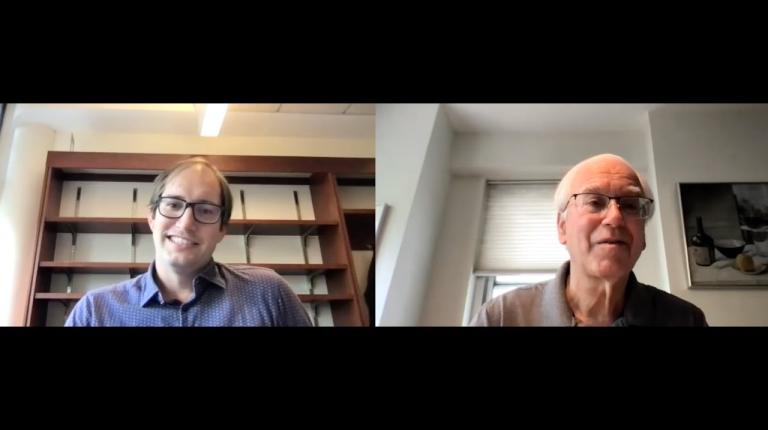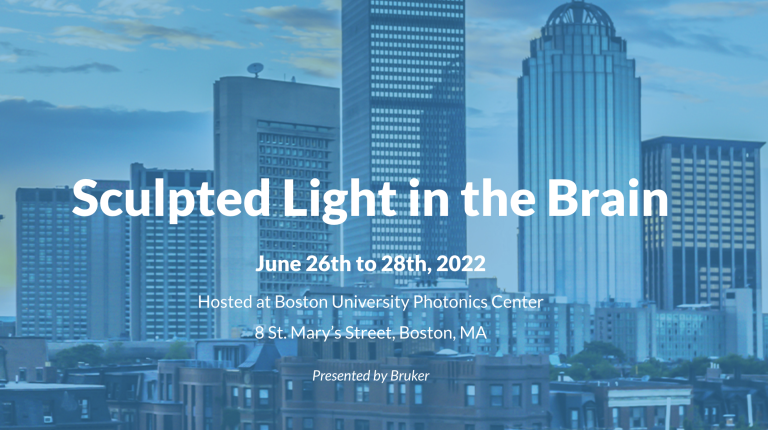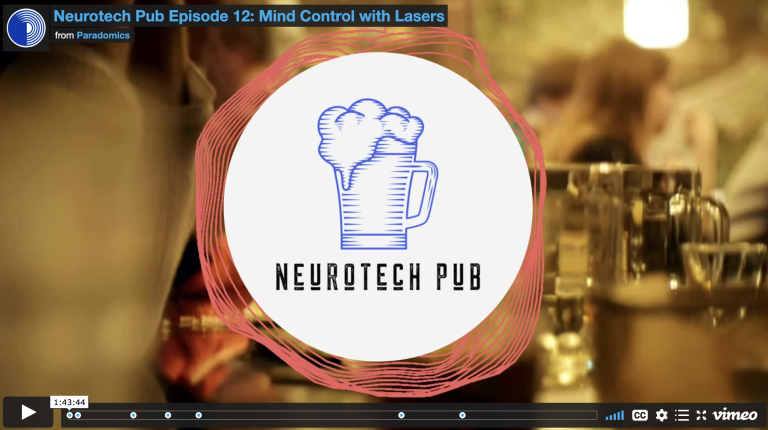Understanding the causal relationship between neural activity and behavior is a fundamental goal of neuroscience. Motor cortex is involved in the planning and execution of many actions, yet many very basic questions about its function remain unanswered. First, what does motor cortex activity represent – individual muscles activity, Cartesian destinations of planned movements, or higher order abstract plans? Second, what features of neural activity are most important for driving action – the identity of active cells, how much they fire, the exacting timing of spikes or the global statistics of multi-cell activity patterns? How do different genetically and physiologically defined cell types coordinate to drive actions – neurons in the cortex are not homogenous, with individual cells sending and receiving unique projections from other brain areas. What is the purpose of this diversity? Finally, and more generally, what distinguishes activity that triggers a behavior from that which plans without executing?
The core hypothesis is that groups of interconnected, co-active cells underly the architecture of motor cortical computation. However, as these groups are physically intermingled, they cannot be manipulated with conventional techniques. By leveraging cutting edge optical techniques like multiphoton holographic optogenetics we can write precise patterns of activity into large groups of distributed cells in behaving animals. Through these techniques, the Oldenburg lab works to dissect the features of motor cortex activity that plan and execute movement to unravel its neural code.
Multiphoton Holographic Optogenetics is a class of techniques that allows us experimenters to activate individual neurons in an awake animal. We can pattern this light to activate many cells in different combinations to mimic their natural firing — and ask questions about neural computation.
‘Optogenetics’ is a technique that allows you to get neurons to fire when you shine light on them. Lots of neuroscientists use it to ask questions like ‘what happens when this type of cell fires?’. However, normally it’s not possible to get a spot of light small enough such that you activate one cell and not the ones above and below it. So, we use the multiphoton approach to restrict which cell receives light. But activating only a single cell in the brain of a living behaving mouse is pretty limiting, so we borrow the technique of 3D Holography to split our light into many different spots. Each spot of light activates just one cell but we get to decide which cell and when. As this approach is light and microscopy based, it merges seamlessly with two-photon imaging, cell type specific labeling or tracing, and electrophysiology. Finally, this entire technique was designed with speed in mind. From the molecular opsins, that turn light into neural activity, to the optics, that direct light to each cell, we optimized the system to work together. We can activate a cell (or group of cells) and move on in just a couple milliseconds allowing us to control not just which cells are active but when and how much.
However, we’re not done! There is a world of questions that have been opened up by these approaches, but also a world of advancement. Every day new molecular opsins, new optical tricks, and new systems that put everything together in a slightly better way are being developed.
We’re looking to push the boundary of what we know and of what’s knowable.
Read More › about Congratulations Barbara Gruszka: Recipient of the The Gordon J. and Ruth M. Macdonald Foundation gift
Read More › about PTC Therapeutics Becomes First Industry Sponsor of Rutgers University’s Rising Stars Conference
Read More › about Congratulations Ian Oldenburg - Recipient of the NIH Director's New Innovator Award
Read More › about Conversations with CABM Director: An interview with Dr. Ian Oldenburg
Read More › about Sculpted Light in the Brain
Read More › about Ian Oldenburg was featured in the podcast Neurotech Pub





